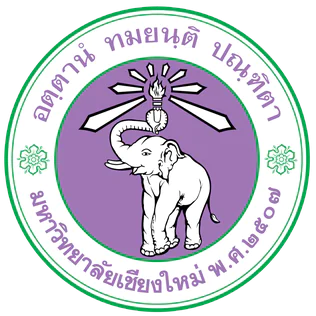
ELELWANI DAPHNEY Nevhufumba
About
Elelwani Nevhufumba is a PhD candidate focusing on optimising exercise intervention for the management of nonalcoholic fatty liver disease (NAFLD). Her central objective is to raise awareness and educate South African communities about the causes, signs, and symptoms of NAFLD, and the importance of exercise and physical activity as a crucial component in managing and mitigating the progression of NAFLD and its related complications, including nonalcoholic steatohepatitis (NASH) and cirrhosis.
Her research aims to create culturally relevant, evidence-based exercise programmes that are accessible and sustainable within these communities. Her areas of interest include pre- and post-operative exercise intervention as well as rehabilitation, to improve patient outcomes and enhance the quality of life for those affected by chronic liver diseases.
She is committed to bridging the gap between scientific research and public health initiatives by developing educational outreach that empowers individuals to adopt healthier lifestyles and manage NAFLD effectively through regular physical activity.
Research interests
Education
Top-100
Journals
|
1
|
|
|
Health Promotion International
1 publication, 50%
|
|
|
Systematic Reviews
1 publication, 50%
|
|
|
1
|
Citing journals
|
1
|
|
|
Journal of Functional Morphology and Kinesiology
1 citation, 50%
|
|
|
Frontline Gastroenterology
1 citation, 50%
|
|
|
1
|
Publishers
|
1
|
|
|
Springer Nature
1 publication, 50%
|
|
|
Oxford University Press
1 publication, 50%
|
|
|
1
|
Organizations from articles
|
1
2
|
|
|
University of the Witwatersrand
2 publications, 100%
|
|
|
South African Medical Research Council
1 publication, 50%
|
|
|
1
2
|
Countries from articles
|
1
2
|
|
|
South Africa
|
South Africa, 2, 100%
South Africa
2 publications, 100%
|
|
1
2
|
Citing organizations
|
1
|
|
|
University Hospitals Birmingham NHS Foundation Trust
1 citation, 50%
|
|
|
Chiang Mai University
1 citation, 50%
|
|
|
NIHR Birmingham Biomedical Research Centre
1 citation, 50%
|
|
|
1
|
Citing countries
|
1
|
|
|
Country not defined
|
Country not defined, 1, 50%
Country not defined
1 citation, 50%
|
|
United Kingdom
|
United Kingdom, 1, 50%
United Kingdom
1 citation, 50%
|
|
Thailand
|
Thailand, 1, 50%
Thailand
1 citation, 50%
|
|
1
|
- We do not take into account publications without a DOI.
- Statistics recalculated daily.











